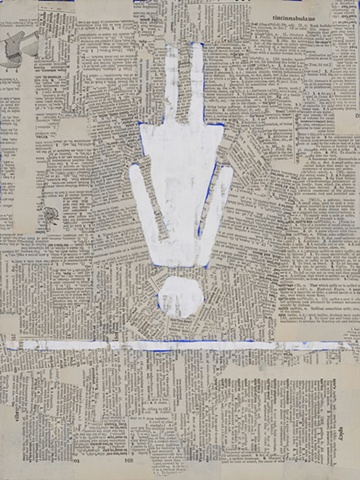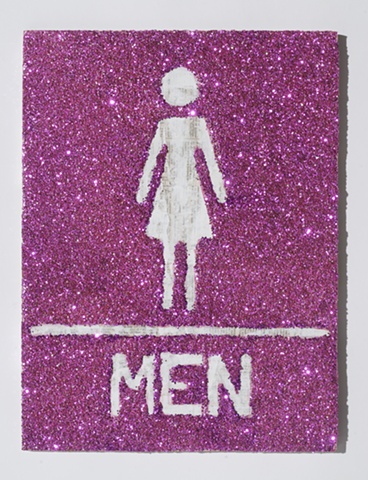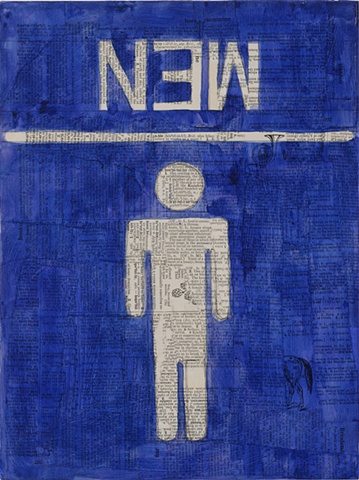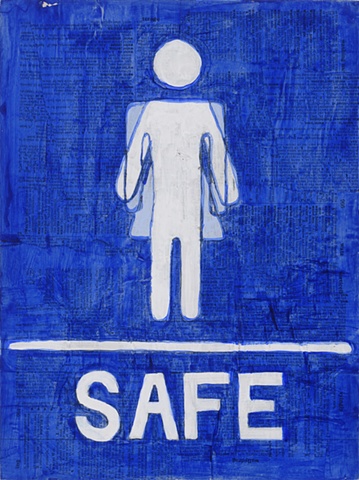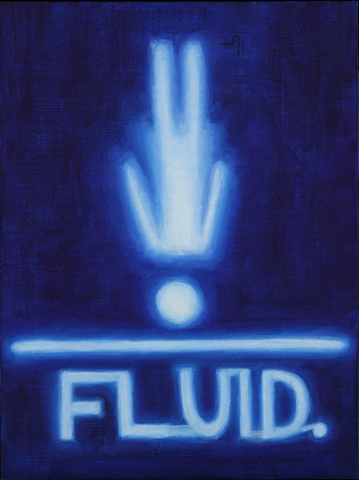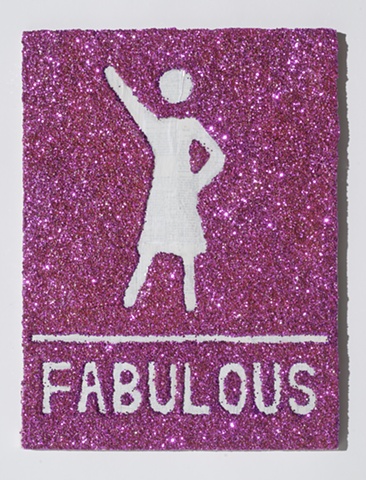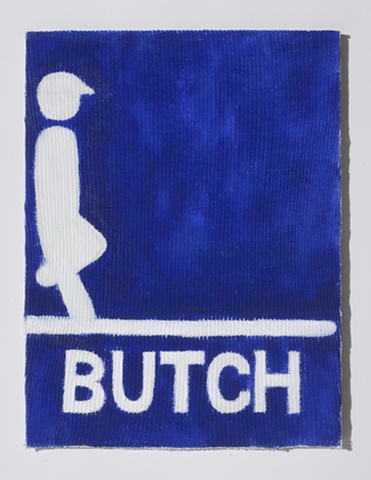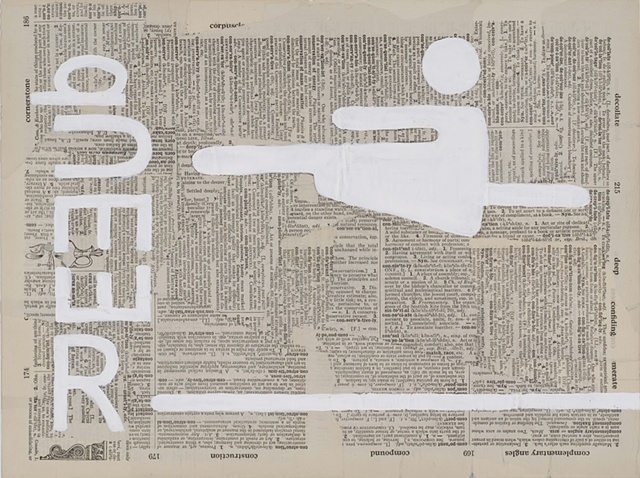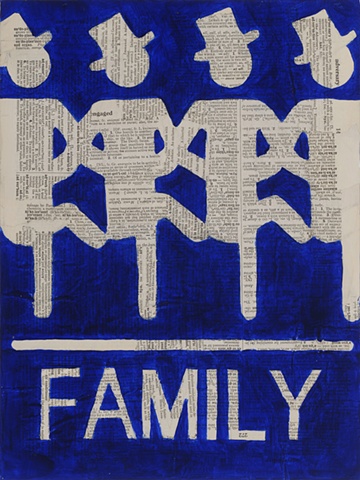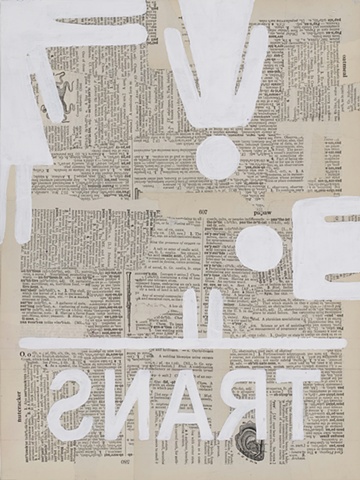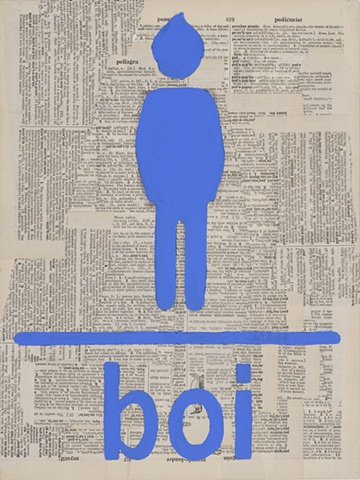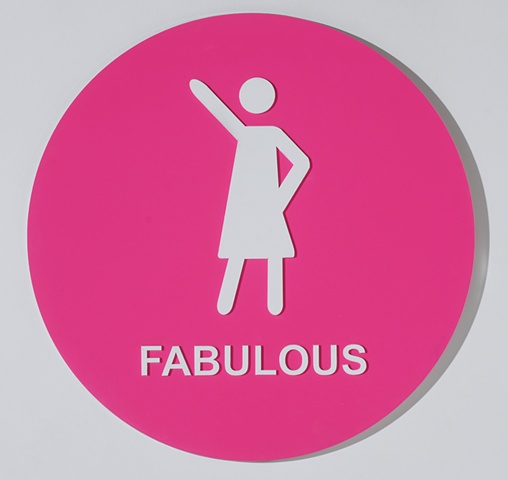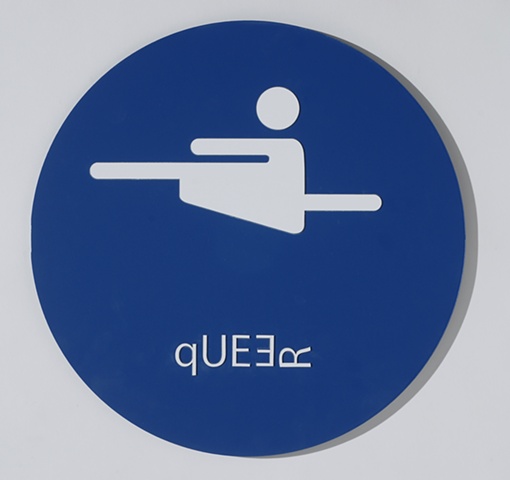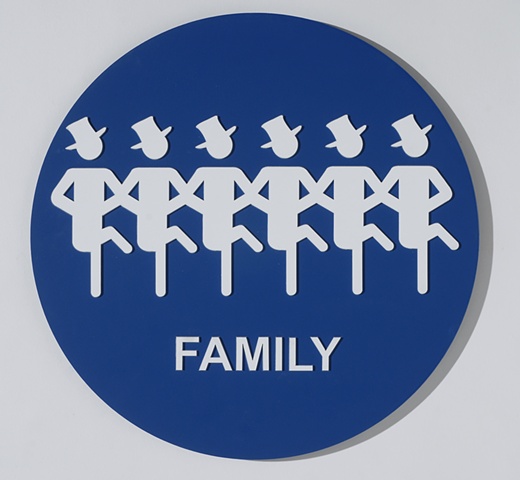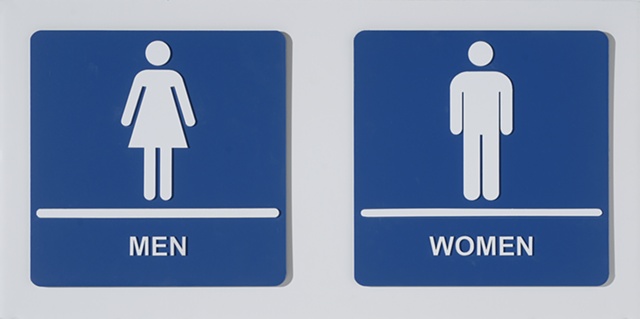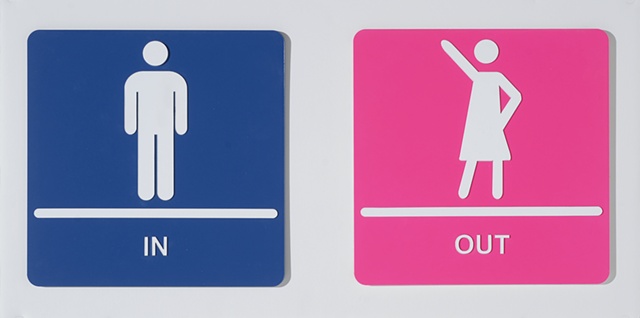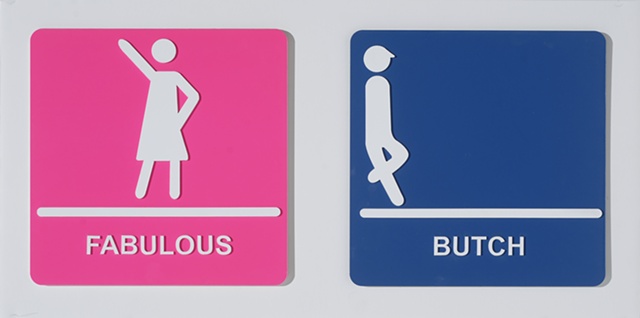Modified Bathroom Signs
I vividly remember the first time someone asked whether I was a boy or a girl. I was five years old. At the time, I had bangs and hair that went halfway down my back. I was at the local Goodman Lumber store with my mom. I was wearing my favorite lavender corduroy overalls -- they had tiny magenta and yellow flowers. We were standing in line at the sales counter when the clerk looked me up and down and asked my mom, “Is that a boy or a girl?”
Countless times since then, when I have walked into a public restroom, women have looked me up and down in the same way and said to me, “This is the women’s restroom.” Because I have short hair and wear men’s clothing, they don’t recognize me as a woman. Their stares and condescending tone leave me feeling embarrassed and angry. For years, I’ve been trying to come up with a clever comeback.
Public restrooms are a ubiquitous example of the socially-enforced gender binary. Stories abound in the queer community of people who do not fit the prototypical image of Man or Woman facing questioning, harassment, and even arrest in public restrooms.
In my current body of work, I’ve modified bathroom signs so that they affirm queer gender identities. I start by tearing up old dictionary pages in a symbolic act of deconstructing antiquated definitions. Then, I paint gender terms with which LGBTQ people self-identify (like butch, trans, boi, and queer) onto these torn dictionary pages, and create new figural icons to go along with them. I use materials that are a part of gay camp and queer codes, like hot pink glitter and ribbed white muscle t-shirts, to create these new signs.
Recently, I’ve started to appropriate and subvert the industrial equipment and materials that are used in commercial signage. I am using a laser cutter to fabricate modified bathroom signs out of acrylic. These signs look much like the machine-made signs that are typically used on the doors of public restrooms. By installing these signs on the doors of public restrooms in place of the existing signs, I expose the limited nature of the binary gender system and create space for more than two genders in public places. In the process, I transform sites of rejection into sites of resonance and affirmation for people who exist across the gender spectrum.
